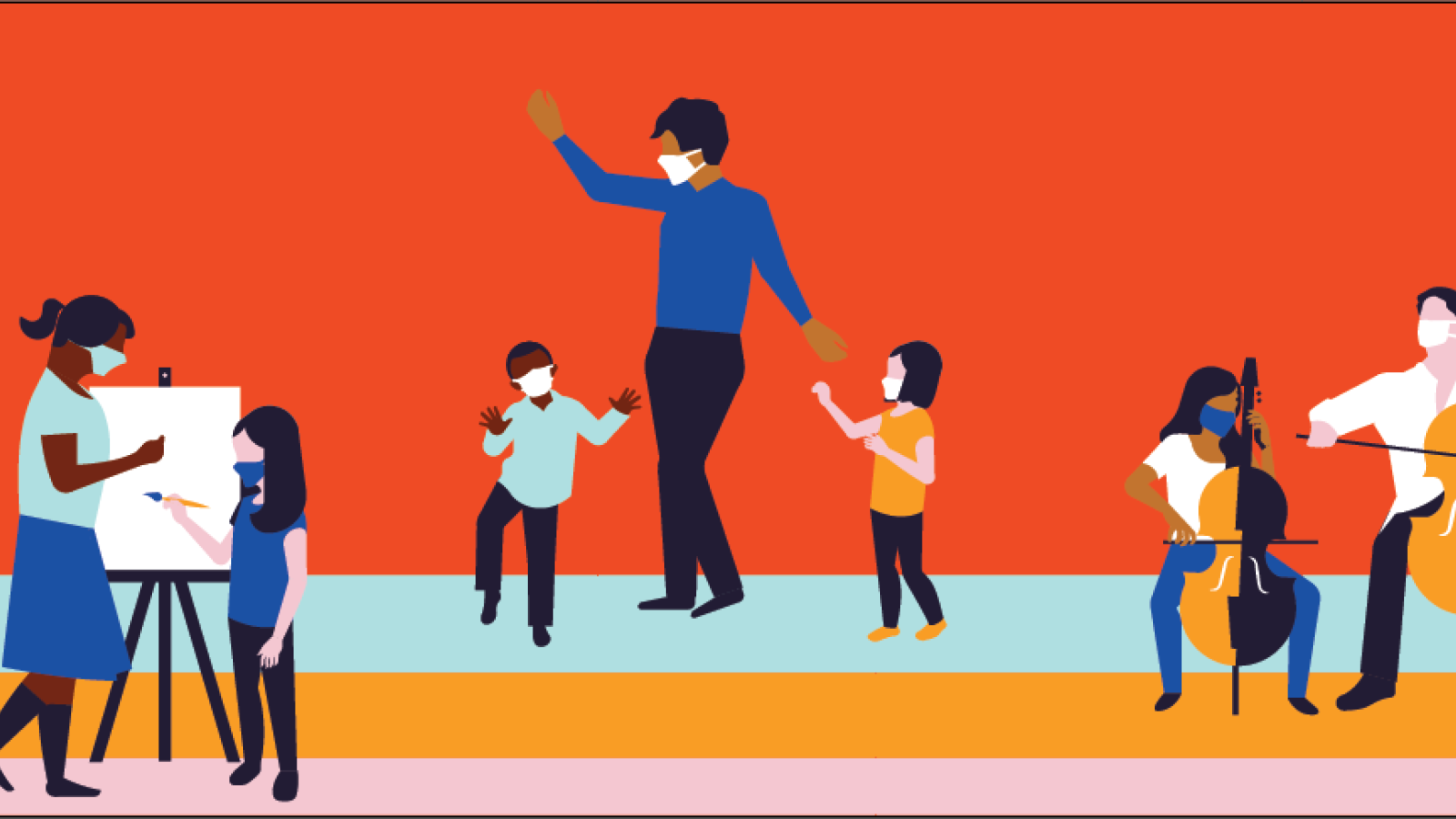When high schools treat arts as a core academic subject, SAT score averages are visibly higher compared to when the schools treat the arts as an optional subject.
Essential Benefits of Arts Education for Students
Secondary school arts education is undeniably a consequential and vital experience for students to grow personally, socially, and intellectually. It benefits students inside and outside of the classroom in numerous ways. This article examines the various core standards for arts education and how they impact student development.
The Arts Education for All Act: A Catalyst for STEAM Education
The demand for STEM practitioners is growing in tandem with the demand for workers who are equipped to think about their social and ethical aspects. The intrinsic values of the arts, such as empathy, community, and imagination, combined with the logic of the STEM model, create a more well-rounded experience for youth. Agnes Chaves, a new media artist and founder of STEMarts Lab, advocates for the idea that STEAM education practices allow students to understand the ethics behind new technologies and their impact on nature and humanity when approaching a problem. Particularly for larger societal problems such as digital inequity, it’s crucial that students perceive themselves as caretakers of the planet and global citizens.
In the News: August 2022
TBT: Education, Gamification, & Public Policy
Virtual Reality in Arts Education
Technology in the K-12 Art Room; Why, Where, and How to Make It Happen
So Why is there an “A” in STEAM?
In the early 2000s, the state of science, technology, engineering, and math education troubled policy makers in the United States. Together, these four subjects became known as STEM. In more recent years there has been a shift to add arts into this focus, making the acronym now STEAM (science, technology, engineering, arts, math). However, there isn’t a clear outline or framework of what exactly a STEAM education is, or how schools and classrooms are supposed to be implementing this learning. Even among the academic articles about STEAM, there is disagreement about STEAM, its definition and implementation.
Considerations for Gamifying Education
Educators who are interested in implementing gamification into their lessons should consider their goal and learning style of their students. This article details three important factors to consider when planning a gamified learning experience: motivation, generational differences, and design. The article also includes examples of applications that use gamification in music learning that can be applied by arts managers.
STEAM Education and the Lego Model
In recent years, there has been a shift to an argument for STEAM (Science, Technology, Engineering, Arts, and Math), for the inclusion of the arts as one of the subjects that need to be focused on. In fact, the Every Student Succeeds Act (ESSA) includes the arts and music as part of a “well-rounded education,” which are eligible for receiving funding from the government. Changes in legislation have led to a push for wider adoption of this framework for education, but some educators feel that they do not have the training necessary to implement these new practices. Companies like LEGO Education are creating models and projects that make integrating arts and creativity with STEM practices easy in the classroom.















